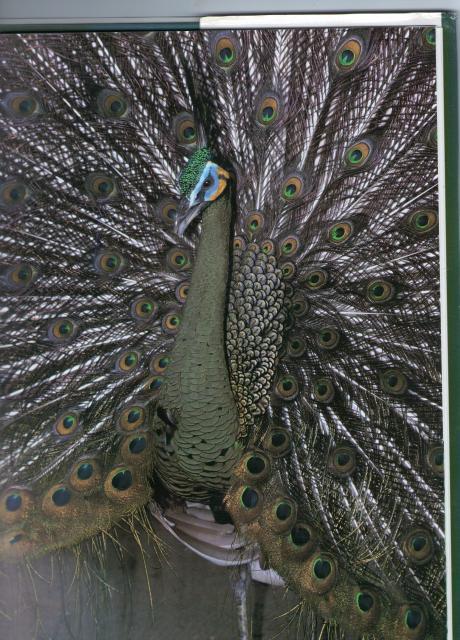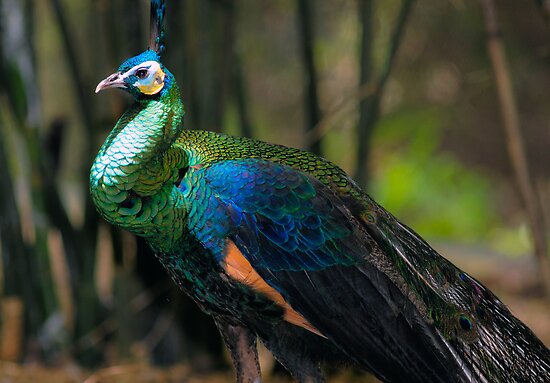- Thread starter
- #51
Quote:
The strangely ironic thing about these ticks is that the juveniles and female and even other adult males will allo-preen one another and ingest these ticks. So a really fit male peafowl capable of wandering the tall grassland ends up covered in ticks and this provides sustenance -it's ironic and so dinosaurian -right? I'm really glad you find reading this stimulating. These photographers travel the world and take photos they'd love to share in an appropriate setting. Lots of people read this forum making it fun to write here.
The strangely ironic thing about these ticks is that the juveniles and female and even other adult males will allo-preen one another and ingest these ticks. So a really fit male peafowl capable of wandering the tall grassland ends up covered in ticks and this provides sustenance -it's ironic and so dinosaurian -right? I'm really glad you find reading this stimulating. These photographers travel the world and take photos they'd love to share in an appropriate setting. Lots of people read this forum making it fun to write here.






